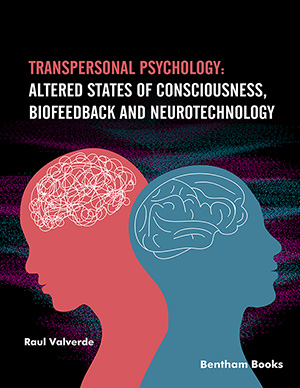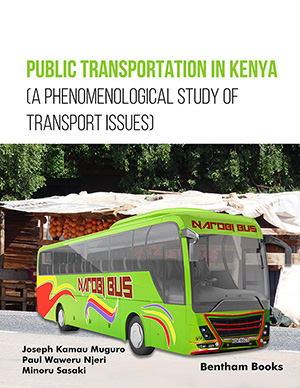Abstract
The Devil in the White City is a nonfiction novel based on true events set in
Chicago, Illinois, United States, in the late 19th century. Author Erik Larson, drawing
from his background in journalism, transforms the findings of his historical research
into a literary work without breaking the connection of events with reality. The plot of
the novel proceeds with non-linear time oscillations on two main axes. The first of the
axes follows the struggle of Daniel Hudson Burnham, appointed in 1890, when the
events began, as the chief architect of the World's Fair to be held in Chicago three years
later. His dramatic struggle is full of ambition and competition in the areas of
architecture, engineering, economy, and politics. The other axis, to the extent,
permitted by the evidence and testified to by witnesses, traces the murders committed
by Henry Howard Holmes, the first known serial killer in the history of the United
States, who took advantage of the construction of the World’s Fair to plan and execute
his nefarious deeds in the same place and in the same time frame.
The sections presenting the design and construction process of The White City by
Burnham are, to a large extent, technical in themselves and will potentially attract those
readers who are particularly interested in the history of architecture. The chapters
where the spatial reasoning underlying the design of the World's Fair Hotel, known as
“The Murder Castle of Holmes”, designed and modified by Holmes specifically to
facilitate the murders he had planned and committed, are also quite interesting.
The non-linear narrative of the novel between parallel lives is dominated by the direct
narrative technique based on documents, instead of indirect narration, which gives
weight to the literary style. The author does not aim to create a connotation in the mind
of the reader through images, but to make the reader connect with reality through
uninterrupted descriptions throughout the novel. Thus, the novel, The Devil in the
White City, documents the historical background of “The City Beautiful” movement,
which is among the theories of architecture and urbanism, where Burnham's Chicago is
its very first example. On the other hand, it documents a distinct historical event by
focusing on the first known representative of the serial killer phenomenon that has
inspired many horror-thriller novels even to this day.
Keywords: Architecture, Architect, Ambition, Chicago, Daniel hudson burnham, Good and bad, Henry howard holmes, John root, Landscape, Murder, Nonfiction novel, Narrative, Passion, Space, Spatial reasoning, Serial killer, True events, USA, World’s fair, 19th century.








